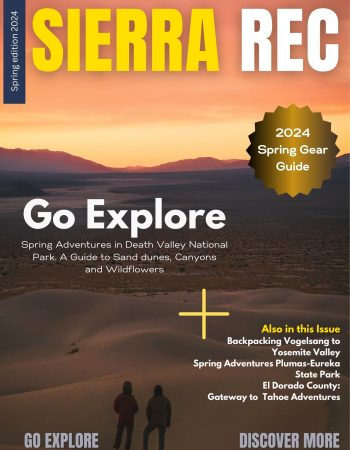A Beginners Guide to Explore the Sierra in the Fall Season
As autumn leaves change color and temperatures begin to cool, the Sierra mountain range offers a breathtaking canvas of fall splendor. This travel and hiking guide provides an in-depth exploration of the Sierra in the fall, making it the perfect companion for visitors eager to immerse in the season’s vibrant hues and crisp mountain air.
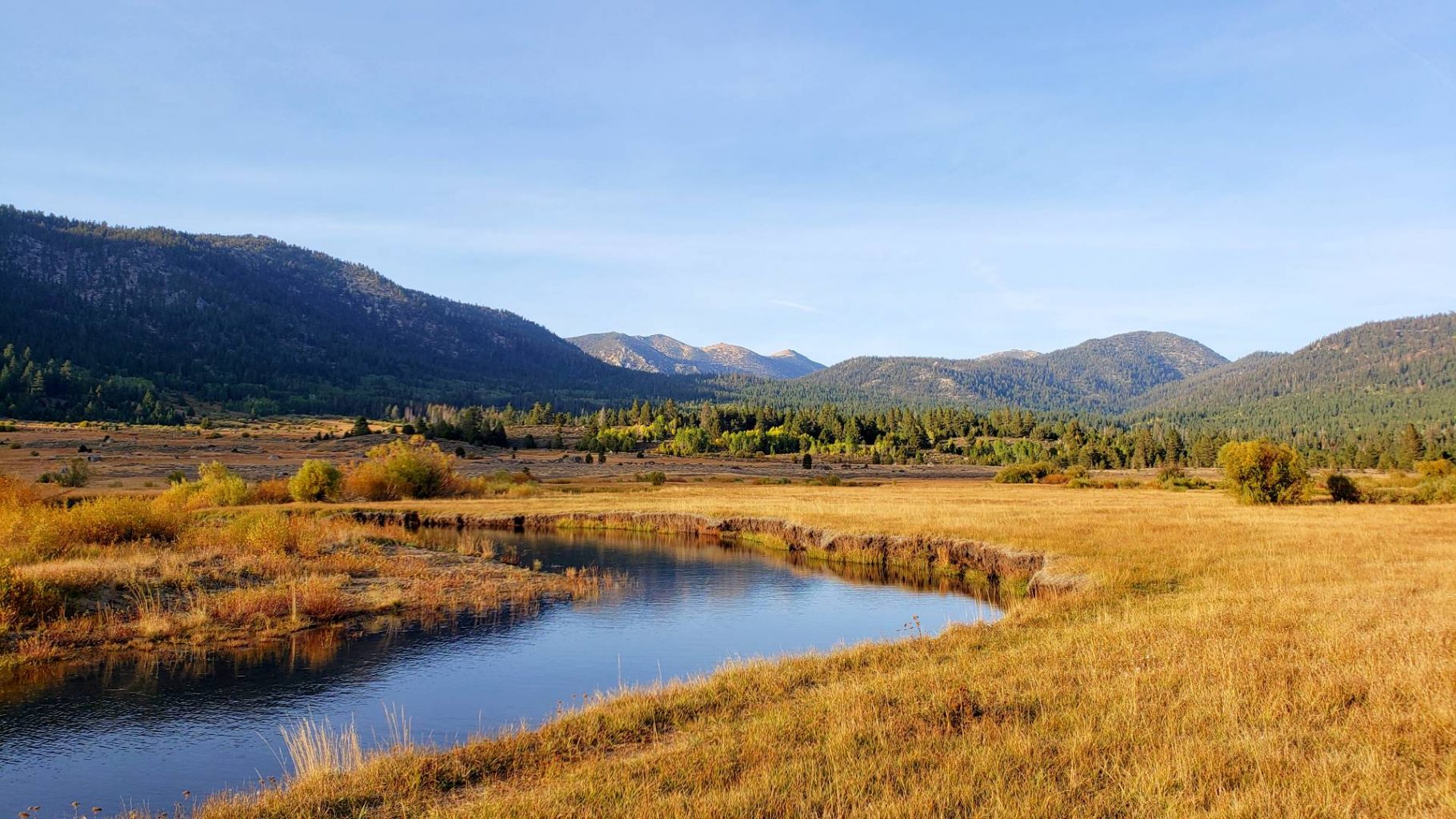
Fall Highlights in the Sierra
Renowned for its breathtaking fall foliage, the Sierra offers a unique blend of natural beauty and adventure, making it a top destination for travel and hiking in the fall.
Highlights of the Sierra in Fall
– Vibrant Fall Colors: The Sierra turns into a spectacular canvas of fall colors from mid-September to mid-October. The mountains are adorned with trees such as quaking aspen, black oak, and dogwood, transforming the region into a dazzling array of gold, orange, and crimson hues.
– Mild Weather: Fall ushers in cooler temperatures and less crowded trails, making it an ideal time for hiking and exploring the Sierra. You can expect daytime temperatures to range from 50 to 70 degrees Fahrenheit.
– Wildlife Viewing: Autumn is a spectacular time for wildlife viewing in the Sierra. It’s common to spot mule deer, black bears, and various species of birds during this time. Always maintain a safe distance from wildlife and respect their habitat.
– Stunning Photography Opportunities: The vibrant fall colors, combined with the Sierra’s dramatic landscapes, create incredible photography opportunities. Capture stunning images of the foliage framing the mountain peaks, mirrored on the still waters of alpine lakes, or carpeting the forest floor.
– Exceptional Hiking Trails: The Sierra boasts a wide array of hiking trails, each offering unique perspectives of the region’s beauty. Trails cater to all skill levels, from casual strolls alongside serene lakes to challenging climbs up towering peaks.
– Overnight Camping: Experience the magic of a Sierra night by camping under the stars. Fall nights may be chilly, but the clear skies often lead to spectacular stargazing.
– Local Cuisine: After a day of hiking, enjoy the Sierra’s local cuisine. From cozy mountain eateries serving hearty stews and fresh, locally-sourced dishes to high-end restaurants offering gourmet dining, there are options to suit all tastes.
– Environmental Stewardship: Exploring the Sierra comes with a responsibility to leave no trace. Respect the environment by practicing responsible hiking and camping habits, ensuring that the beauty of the Sierra can be enjoyed for generations to come.
Whether you’re a seasoned hiker or a casual nature lover, the Sierra in fall is a haven of scenic beauty and outdoor adventure. With careful planning and respect for the environment, your fall travel and hiking experience in the Sierra is sure to be unforgettable.
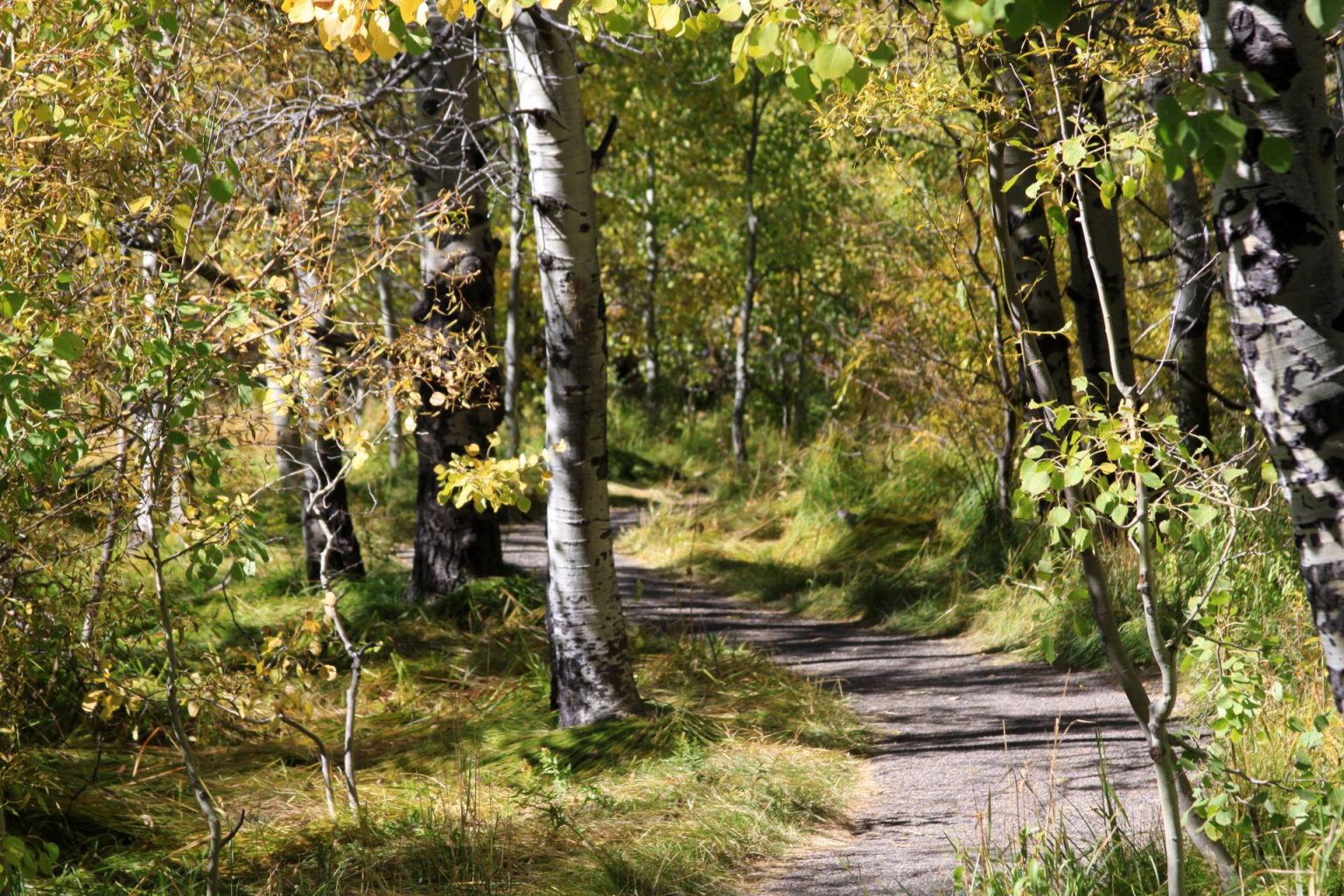
Best Time to Visit the Sierra
The Sierra offers breathtaking beauty and a wide range of recreational opportunities throughout the year, making it a year-round destination. However, visiting in the fall offers a unique charm and several distinct advantages.
Ideal Weather Conditions
– Mild Weather: Fall in the Sierra is characterized by mild temperatures and less precipitation compared to the winter months. This makes it an excellent time for outdoor activities such as hiking, camping, and wildlife viewing.
– Fall Foliage: The Sierra comes alive with vibrant fall colors during September and October. The golden aspens, fiery maples, and crimson oaks create a breathtaking landscape that’s perfect for photography enthusiasts.
Avoiding the Crowds
– Less Crowded: Summer is typically the peak tourist season in the Sierra. By choosing to visit in the fall, you’ll avoid the biggest crowds, giving you a more peaceful and uninterrupted experience of the mountains.
– Availability of Accommodations: With fewer tourists, you’ll have a wider range of accommodation options available. It’s also a time when local lodges and campsites may offer off-peak rates.
Timing Your Activities
– Hiking: If hiking is your primary reason for visiting the Sierra, late September to early October is the ideal window. The trails are less crowded, the weather is comfortable, and the fall colors are at their peak.
– Wildlife Viewing: Fall is an active time for wildlife in the Sierra. Animals are preparing for the winter, which makes it an excellent time for wildlife viewing.
– Fishing: Many lakes and rivers in the Sierra are open to fishing year-round. However, the fall run of brown trout can make this season particularly exciting for anglers.
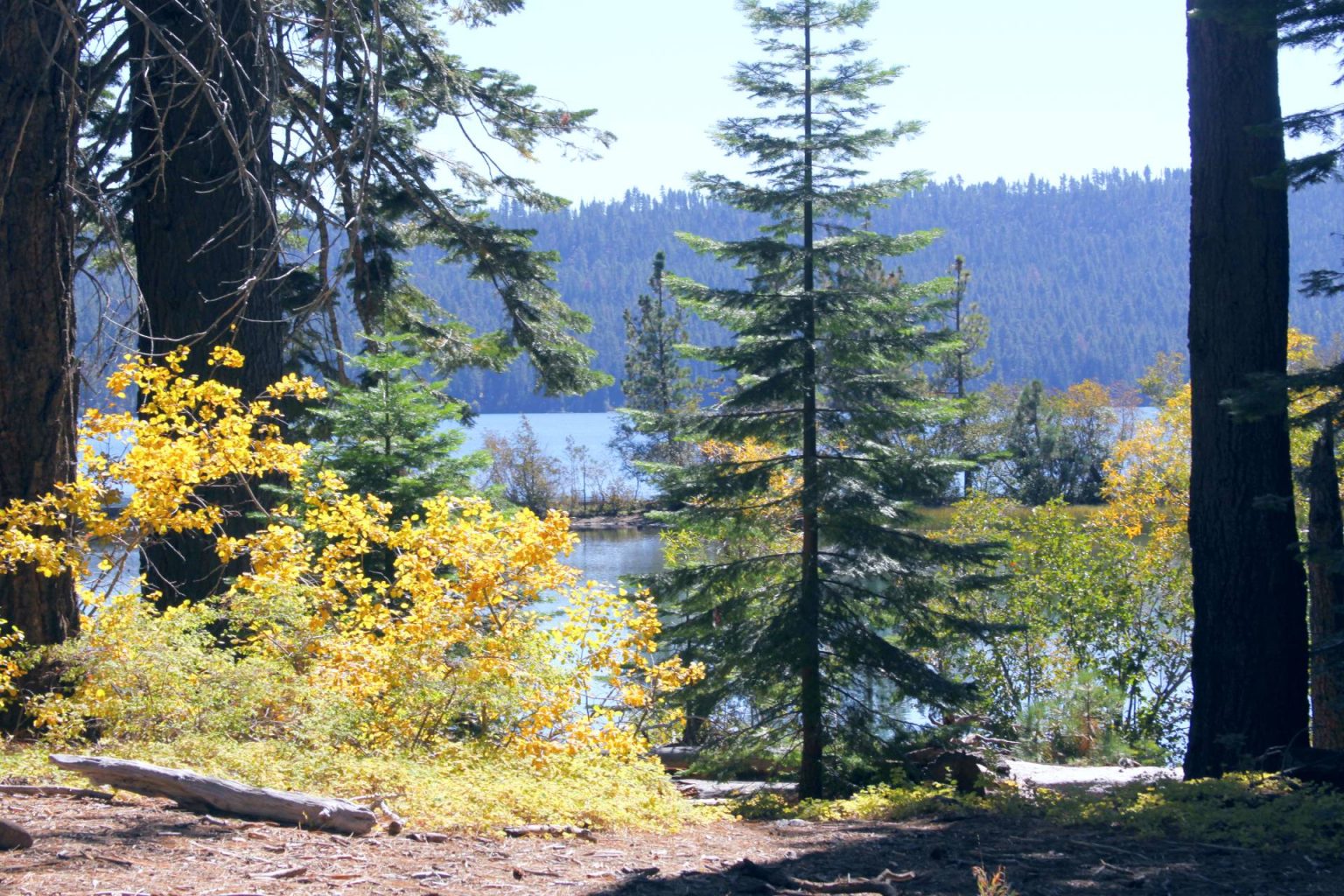
Top Fall Destinations in the Sierra
The Sierra region is a cornucopia of natural beauty and adventure, especially during the fall season. The colder temperatures and changing foliage create a picturesque backdrop for outdoor activities like hiking, camping, and sightseeing. Here are some top fall destinations in the Sierra that you should consider for your travel itinerary.
– Yosemite National Park: This iconic national park is renowned for its waterfalls, deep valleys, and ancient sequoias. In the fall, the park is less crowded and the trees take on beautiful hues of red and gold. Don’t miss the stunning views of Half Dome and El Capitan, especially at sunrise or sunset.
– Lake Tahoe: Known for its crystal clear waters, Lake Tahoe is a must-visit in the fall. Hiking trails around the lake offer breathtaking views of the surrounding landscape, painted with the colors of autumn. The Tahoe Rim Trail is a popular choice for experienced hikers.
– Sequoia National Park: Home to some of the world’s largest trees, Sequoia National Park is a spectacle in fall. The park features numerous hiking trails that meander through towering sequoias adorned with vibrant fall foliage.
– Bishop: A small town nestled in the Eastern Sierra, Bishop is a paradise for outdoor enthusiasts. The fall season brings cooler temperatures, perfect for climbing, hiking, and fishing. The changing colors of the aspen trees in the surrounding hillsides add to the town’s charm.
– Mono Lake: This ancient saline lake is a unique sight, with its limestone tufa towers rising from the water. Fall provides a serene atmosphere, with fewer tourists and an array of migrating birds to watch.
– Lassen Volcanic National Park: This park offers a diverse range of landscapes, from bubbling mud pots to clear mountain lakes. Fall is a great time to visit, with fewer crowds and a beautiful mix of colors from deciduous trees.
Each of these destinations has its own unique charm and attractions. Whether you’re looking for serene natural beauty, challenging hiking trails, or wildlife viewing opportunities, the Sierra region has something to offer every fall traveler. Planning your trip around these top fall destinations in the Sierra will ensure an unforgettable travel experience.
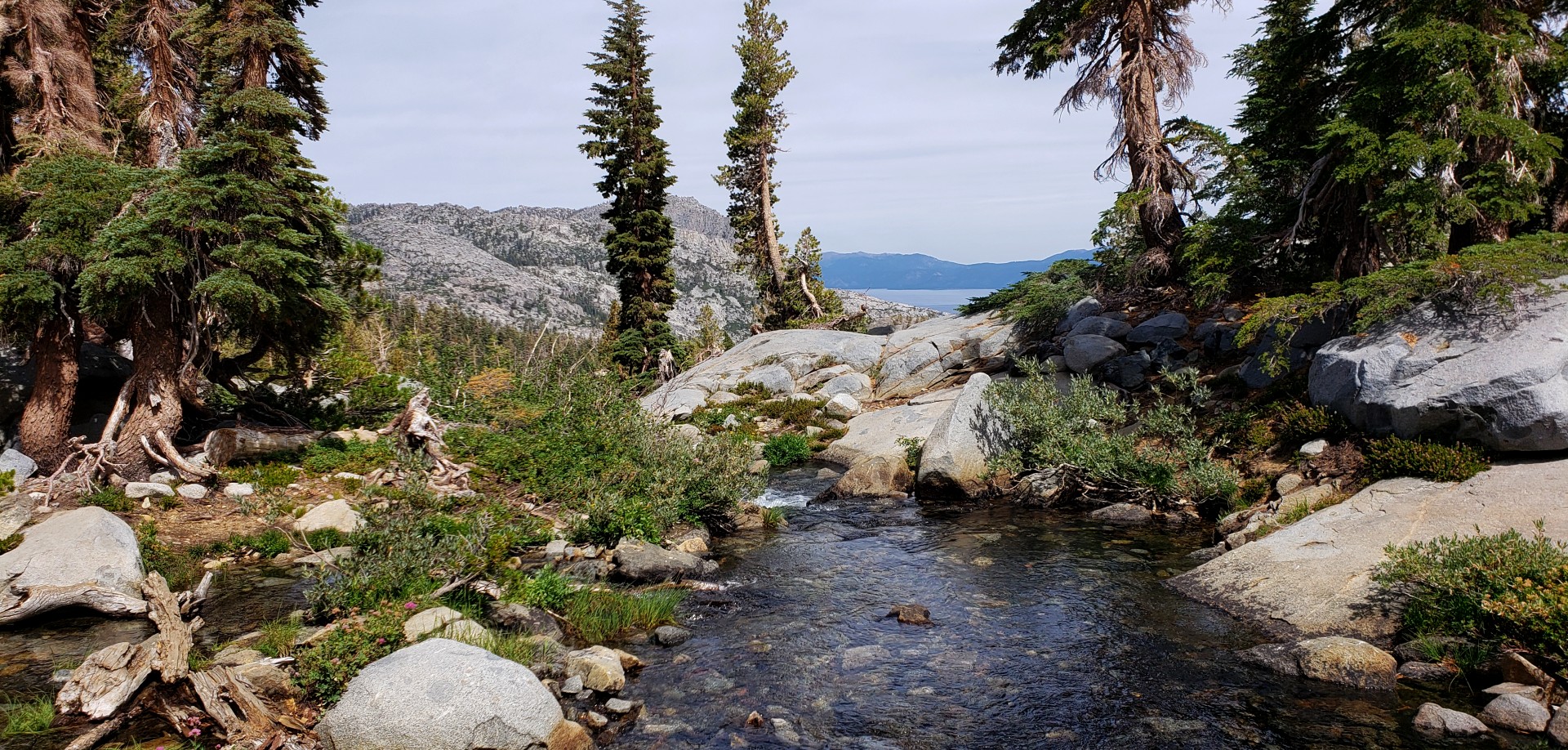
Recommended Hiking Trails for Fall
The Sierra is a hiking paradise, particularly in the fall when the weather is mild, the views are stunning, and the trails are less crowded. Here are some of the top recommended hiking trails to consider during your fall visit:
1. Big Trees State Park: This trail is a must-visit during the fall season. The park is home to some of the largest and oldest trees in the world, and the fall colors add to the already mesmerizing scenery. The North Grove trail is a gentle 1.5-mile loop that is suitable for hikers of all levels.
2. Desolation Wilderness: For more experienced hikers, a trip to Desolation Wilderness is a rewarding challenge. The 12-mile round trip to Pyramid Peak offers panoramic views of the Sierra. Remember to pack plenty of water and start early in the day to get back before dark.
3. Yosemite Valley Loop: This trail offers a 13-mile full loop and a 6.5-mile half loop, providing a close-up view of some of Yosemite’s most famous landmarks. The fall colors along this trail are truly spectacular, especially in the late afternoon sunlight.
4. Pacific Crest Trail: While the entire trail spans over 2,650 miles, the section that passes through the Sierra offers some of the most breathtaking fall views. You can start at Echo Lake and hike as far as your legs will carry you.
5. Sequoia National Park’s Moro Rock Trail: This short but steep hike is well worth the effort, offering an aerial view of the park’s extensive forest. The trail is only a half-mile, but the climb can be challenging.
6. John Muir Trail: Known as one of the most scenic trails in the United States, the John Muir Trail runs 211 miles from Yosemite Valley to Mount Whitney. While doing the whole trail can take about a month, there are multiple access points for day hikes or overnight backpacking trips.
Remember, many of these trails require permits, particularly for overnight stays, so be sure to check and plan ahead before you go. Also, always stay on marked trails to protect both the environment and yourself. The Sierra is a beautiful place that offers something for every hiker, from easy strolls to challenging climbs, all with the reward of breathtaking views and the chance to experience nature in its most stunning season.
Wildlife and Flora: What to Expect in the Fall
The Sierra region is renowned for its biodiversity, and autumn adds a unique touch to this natural spectacle. As the season changes, so too do the behaviors and appearances of the wildlife and flora in the Sierra, offering a different yet equally captivating experience. Here’s what you can expect in terms of flora and fauna during your fall visit:
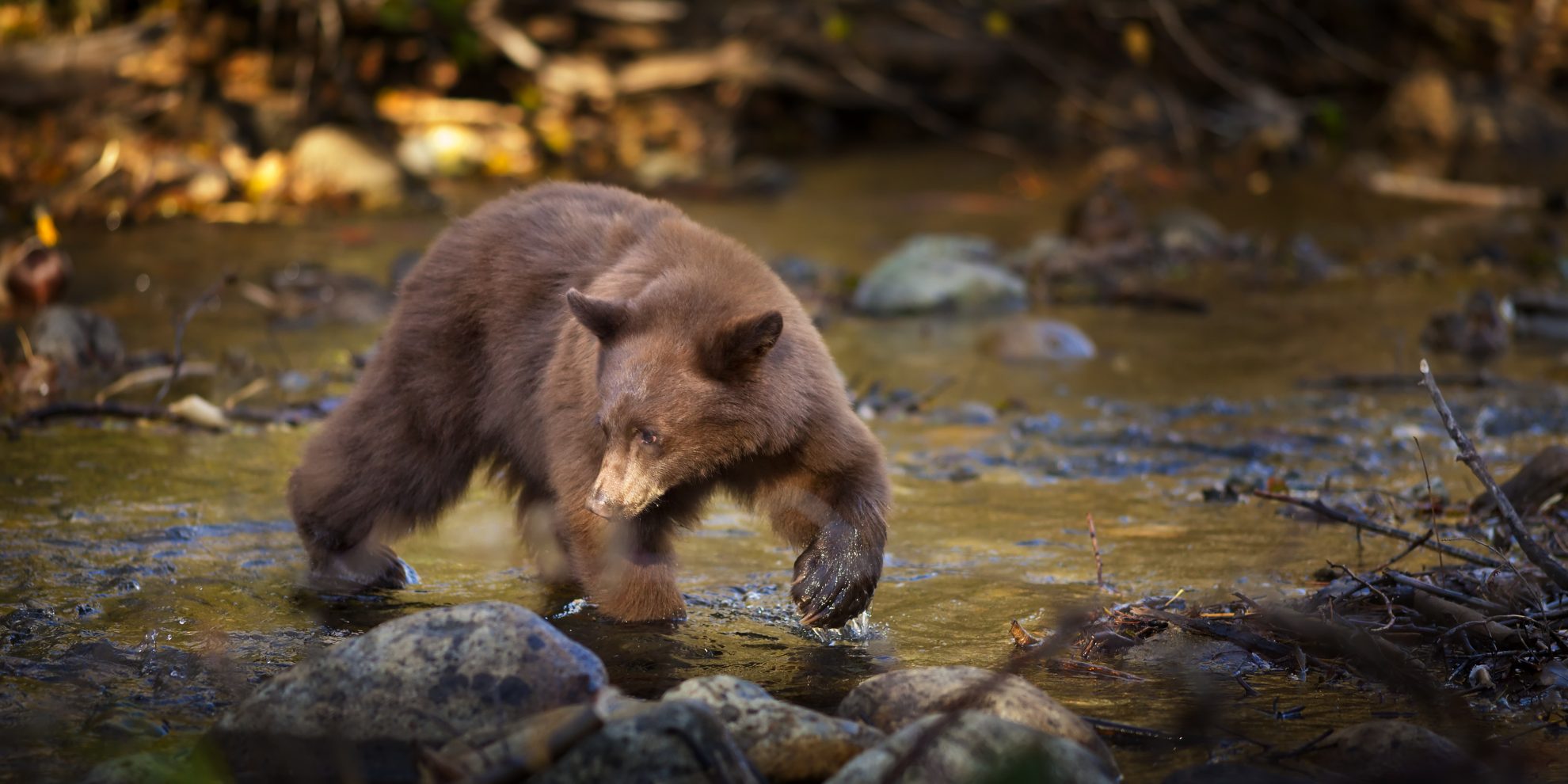
Wildlife
The Sierra is home to a wide variety of wildlife, some of which become more visible during the fall. Here are a few species you might encounter:
- Black Bears: As these creatures prepare for hibernation, they’re often seen more frequently foraging for food. Remember to keep a safe distance and never feed them.
- Mule Deer: Fall is the mating season for mule deer, making them more active and visible during this period.
- Birds: Many bird species start their migration pattern in the fall, resulting in a flurry of avian activity. Look out for mountain bluebirds, red-tailed hawks, and other migratory species.
- Fish: In the rivers and lakes, you might spot brown trout and other fish species that spawn in the fall.
Flora
Just as the wildlife changes with the seasons, the plant life in the Sierra also undergoes a transformation in the fall. The foliage changes color, painting the landscape in hues of red, orange, and gold. Here are some flora highlights:
- Aspen Trees: Known for their bright golden leaves in the fall, aspen groves are a must-see.
- Willows: These shrubs turn a vibrant yellow, lining riverbanks with a burst of color.
- Cottonwood Trees: These trees turn a deep yellow in the fall, offering a striking contrast against the evergreen pines.
- Berry Bushes: Autumn is the time for berry bushes like elderberries and currants to bear fruit, adding splashes of red and purple to the landscape.
- Sugar pine trees, often found in the Lake Tahoe region, are characterized by their towering stature and long, slender cones, adding to the area’s natural beauty.
It’s important to bear in mind that while observing and appreciating wildlife and flora, it’s crucial to maintain respect for these natural elements. Remember not to disturb animals or their habitats, and refrain from picking flowers or other plant life. Enjoy the beauty of the Sierra’s fall season responsibly, allowing future visitors to experience the same wonder and awe.
Packing Checklist for Fall Travel and Hiking
When it comes to fall travel and hiking in the Sierra, it is crucial to be prepared with the right gear and supplies. The changing weather conditions can be unpredictable, and having the appropriate items can make your trip much more enjoyable and safe. Here is a comprehensive packing checklist to guide you in your preparation.
Clothing and Footwear
- Layered clothing: Given the fluctuating temperatures of the Sierra in the fall, layering your clothing can be a lifesaver. Start with moisture-wicking baselayers, add insulating mid-layers, and finish with waterproof and windproof outer layers.
- Hiking boots: Choose boots that are sturdy, waterproof, and broken-in.
- Hats, gloves, and scarves: Protect yourself from the colder temperatures, particularly in the evenings.
- Rain gear: This could include a lightweight, waterproof jacket and pants.
- Extra socks: Always bring more than you think you’ll need. Wet or damp socks can quickly lead to discomfort on the trails.
Hiking Gear
- Backpack: A sturdy pack with enough capacity for your gear, food, and water.
- Trekking poles: These can aid in stability and reduce strain on your knees, particularly on downhill sections.
- Headlamp or flashlight: Don’t forget extra batteries.
- Map and compass: Even if you plan to use a GPS, always carry a traditional map and compass as backups.
Food and Water
- Trail snacks: Opt for high-energy foods like nuts, dried fruits, and energy bars.
- Meals: If you plan on camping overnight, bring easy-to-cook meals.
- Water and hydration system: Carry at least one liter of water per person for every two hours of hiking.
- Water purification system: This could be a filter, purification tablets, or boiling equipment.
Safety and First Aid
- First Aid Kit: Include bandages, antiseptic wipes, tweezers, medical tape, pain-relief medication, and any personal medication.
- Multi-tool or knife: Useful for a variety of situations, from food preparation to minor gear repairs.
- Whistle: A whistle can be heard over long distances and is an excellent way to signal for help if necessary.
- Emergency blanket: Lightweight and compact, these can provide critical warmth in a survival situation.
Camping Gear (if staying overnight)
- Tent: Ensure it’s an appropriate size for your party and is capable of withstanding the conditions you’ll encounter.
- Sleeping bag: Choose a bag rated for the temperatures you expect to experience.
- Sleeping pad: Provides insulation from the ground and makes sleeping more comfortable.
- Cooking equipment: This includes a stove, fuel, pots, utensils, and a lighter or matches.
With this gear in tow, you’ll be ready to enjoy an unforgettable hiking experience. The Sierra in the fall should not be missed – the crisp air, the vibrant colors of the changing leaves, and the serene quietness of the wilderness combine to create a truly special and memorable adventure.








